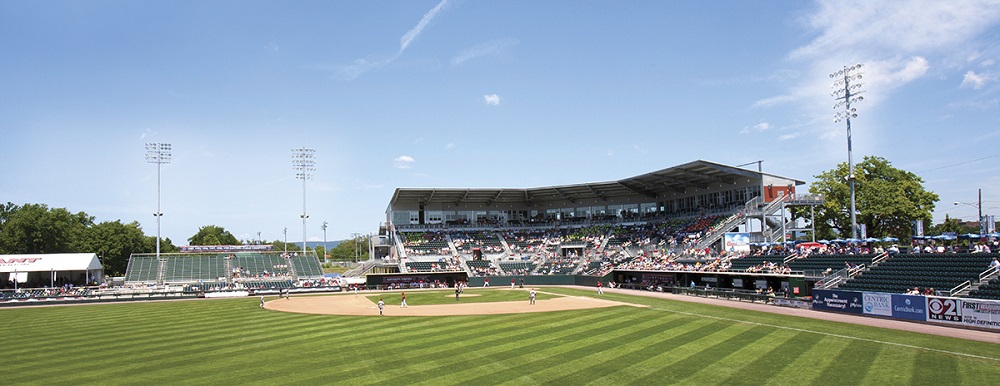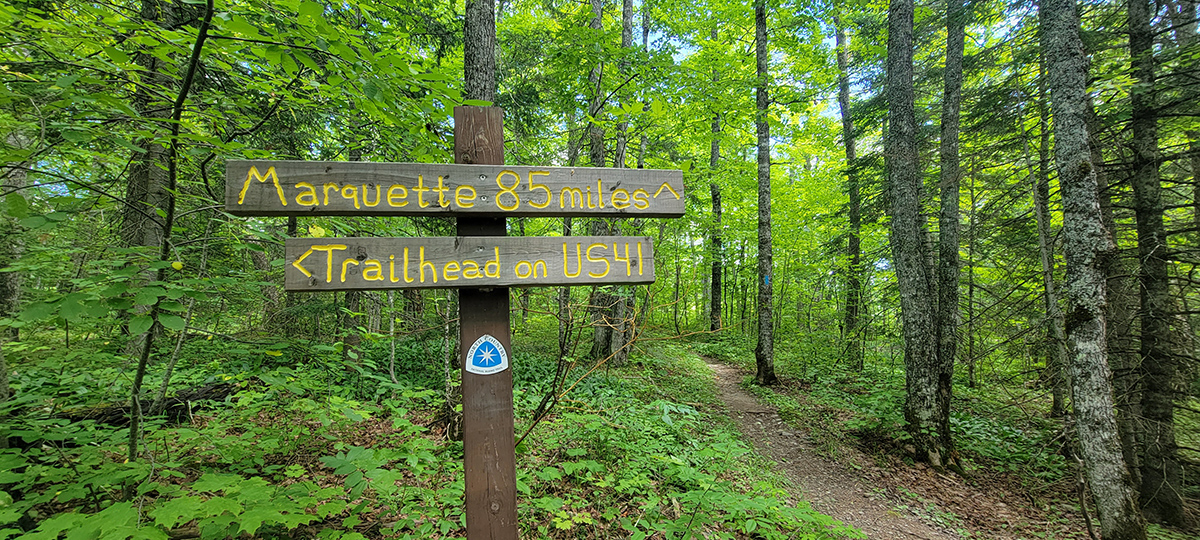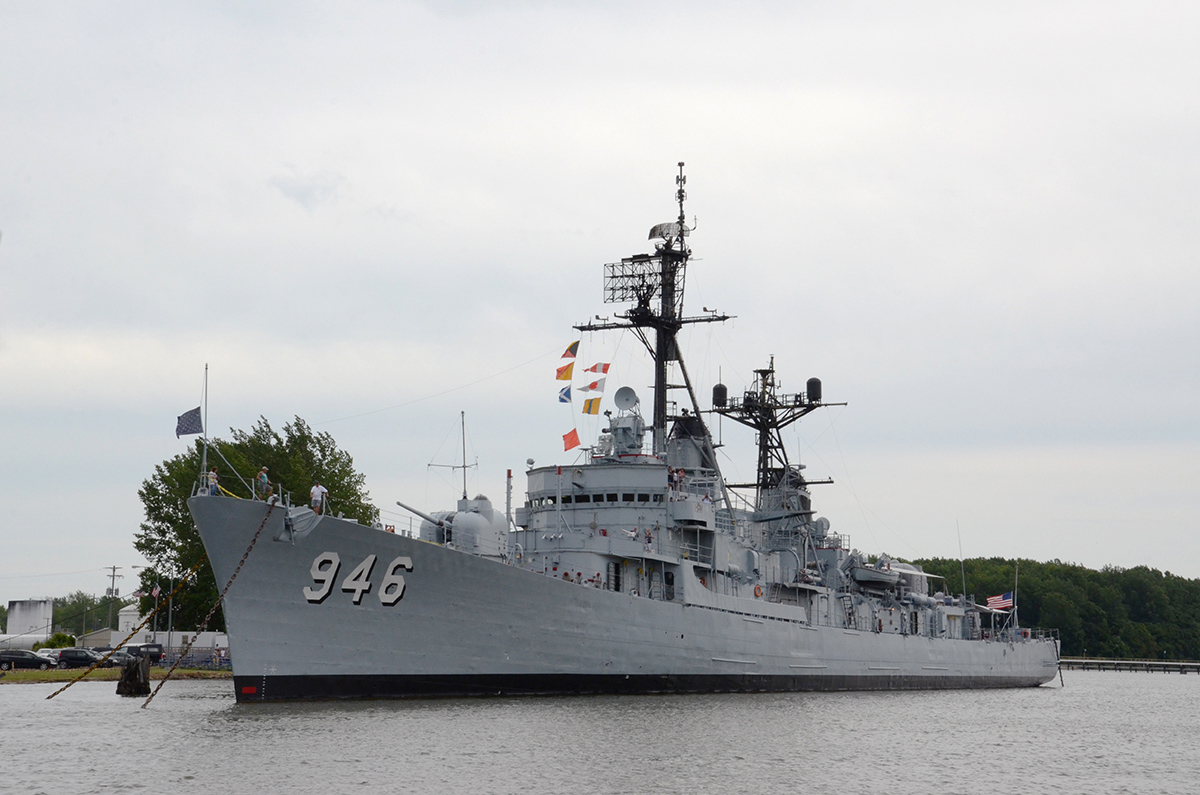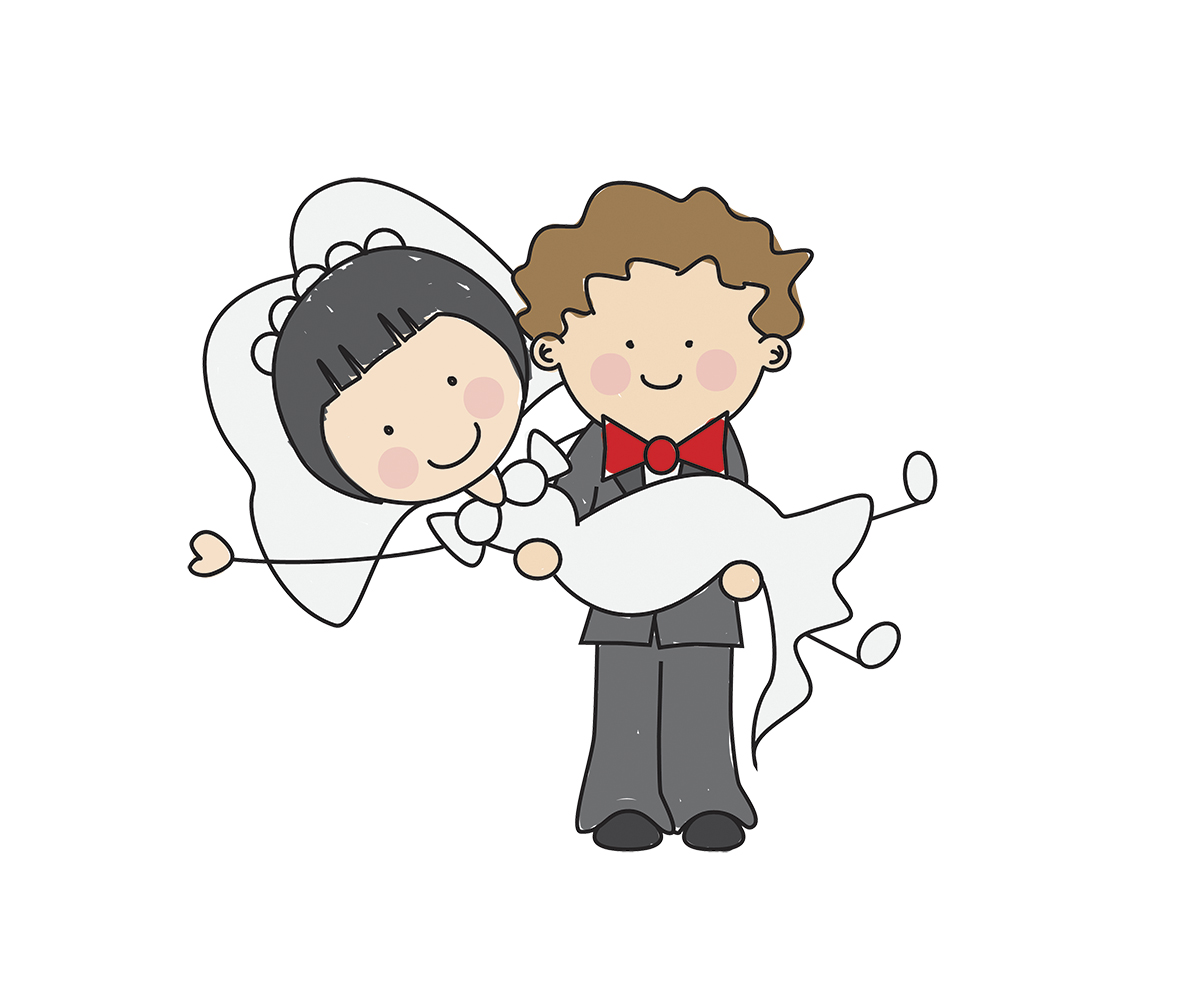WRITER | LISA BECKER CAMPBELL
For generations, sports have been beloved by people of all ages. Spectators thrill at the competition, marvel at the athletic prowess, and faithfully root for their teams. Sports entertain us —from the parent in the bleachers to the lifelong die-hard fan of a major league team.
Fans watching minor league or semi-pro events enjoy more reasonable prices for tickets, parking, food, and beverages than at pro sporting events. An additional perk is that there are often family-friendly activities and entertainment.
Only a very skilled few can play sports for a living.
According to The National Collegiate Athletic Association (NCAA), the estimated probability of competing at a professional level is extremely low. More than 480,000 compete as NCAA athletes in sports like basketball, football, baseball, and ice hockey. Within each sport, only a very few move on to compete at the professional or Olympic level. In men’s NCAA basketball, for example, 4,181 athletes were eligible for the draft in 2020, and 52 players were drafted.
According to Wikipedia ®, Michigan has had about 50 semi-professional teams in a variety of sports over the years. We are familiar with minor league affiliates for baseball, basketball, soccer, and hockey. More unusual teams include women’s football, men’s indoor football, indoor soccer, roller derby, roller hockey, and even one disc team, the Detroit Mechanix of the American Ultimate Disc League.
Other unusual, colorful semi-professional sports teams in Michigan have included:
Kalamazoo’s West Michigan Mayhem, part of the Women’s Football Alliance League, Detroit Bordercats, part of the National Roller Hockey league, and the Ann Arbor Derby Dimes, part of the Women’s Flat Track Derby Association.
And the industry continues to change and grow.
Emerging is American Girls Baseball (AGB), a professional baseball league for girls and women who want to have a future in that sport. It was created in 2019 as an affiliate of the All-American Girls Professional Baseball League Players Association. The AAGPBL was the forerunner to women’s professional league sports in the US and spanned 1943 to 1954, when men were being drafted for WWII.
Since colleges usually only offer scholarships to women for softball, the American Girls Baseball (AGB) strives to support female players who want to have a choice between softball and baseball. It provides them with opportunities to train, participate, and compete in baseball at every level, including high school, college, and professional.
Also new is that Minor League Baseball clubs were formally invited to join the major league’s new Professional Development League (PDL) last December, prompting 120 clubs to become PDL license holders. This new model features salary increases and several other notable changes for the minor leagues, such as restructured leagues, upgraded facilities, and reduced in-season travel. It also included a new alliance with four independent baseball leagues in a yet-to-be-defined relationship.
“To be honest, it is unclear exactly what it means to become partners with Major League Baseball,” stated Rob Pannier of the Minor League Sports Report (MLSR). “No one knows yet. Not the MLB, not the commissioners of those leagues, or their owners. For some leagues, they have been used as guinea pigs to test out new rules. For example, the Atlantic League will be moving the pitcher’s mound one foot back to see if doing so will improve the chances for hitters,” Pannier stated this summer.
As founder and president of the MLSR, Pannier has been publishing stories, posts, and podcasts about minor league sports since 2014. The MLSR covers minor league baseball, hockey, and soccer for both men and women. They also cover G-League basketball, NASCAR, Division-II, Division-III, and Arena League football.
Following is an in-depth look at the current state of minor league sports through the lens of perhaps the most popular semi-pro sport, baseball, according to Pannier.
“There is no such thing as semi-pro anymore. In baseball, there are four levels of competition beyond college: major league, minor league, independent league, and college wood bat league. The first three of these have players who are paid to play.
“Semi-pro traditionally meant a person who played baseball during the season but had another job after the season ended. That is true of almost all minor and independent baseball players today. While some minor league players get huge bonuses (usually players selected in the first three or four rounds of the MLB Amateur draft), the vast majority play for minimum wage. Thus, they have to work in the off-season at another job while still training for the upcoming season. Many coach, work, or run baseball camps, provide tutoring, or stick around the game in other ways.
“If one is talking about ‘semi-pro,’ then he likely means that the team is not affiliated with a major league organization, as minor league teams are. These are independent baseball teams. This is professional baseball, not considered semi-pro. That term is not used in sports for the most part anymore. These are professional baseball players whose goal is to make it to a higher-level independent league (American Association, Atlantic League, Frontier League) and eventually make it to an affiliate team.
“There are four independent baseball teams in Michigan, all playing in the United Shore Professional League. This is a league founded by Andy Appleby, and all four teams play in Detroit. It is not uncommon for smaller independent leagues to have a single owner.
“There is one primary difference between independent and minor league teams: the manager or general manager of an independent team is tasked with finding players. In the minors, players are sent to a club (like Lansing or Great Lakes) by the major league affiliate. So, for example, the West Michigan Whitecaps receive their players from the Detroit Tigers.
“Because independent teams must find their players, they are competing against both other teams in their league and other independent leagues. Many independent teams sign former minor league and even former major league players.
“The American Association mandates that five rookies be on each team, but 10 of the league’s 12 teams have former major league players who are trying to get back to the big league. The same is true in the eight-team Atlantic League.
“What differentiates independent teams from minor league teams is that they are not directly affiliated with a major league organization. The MLB club does not send players to the team. For the players, it means they are showing their skills for all 30 major league teams and their scouts, hoping to get signed.”
While MLB teams play 162-game schedules, independent league schedules vary. They also differ from the minor league teams, which play 140-game schedules (in non-COVID years).








